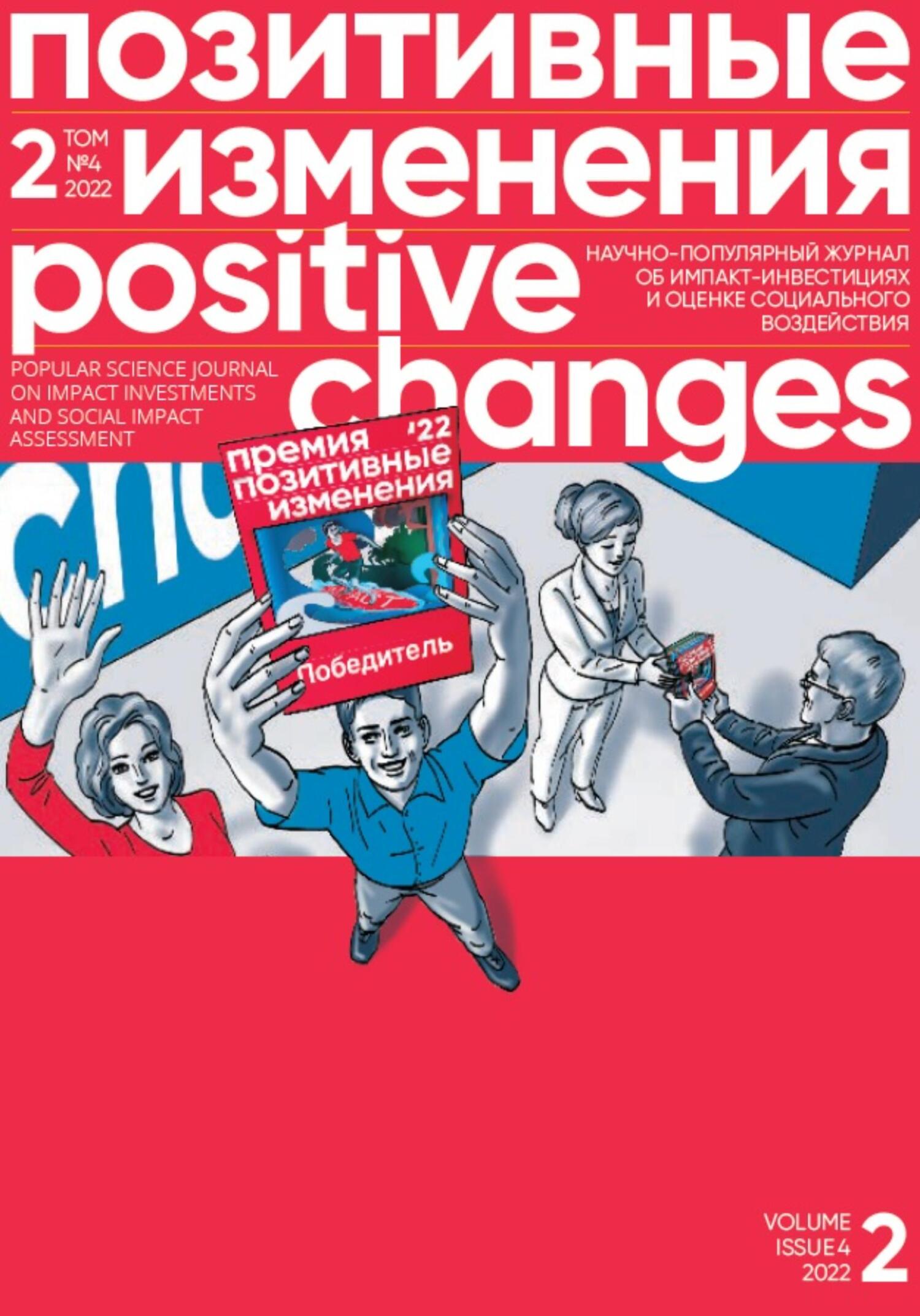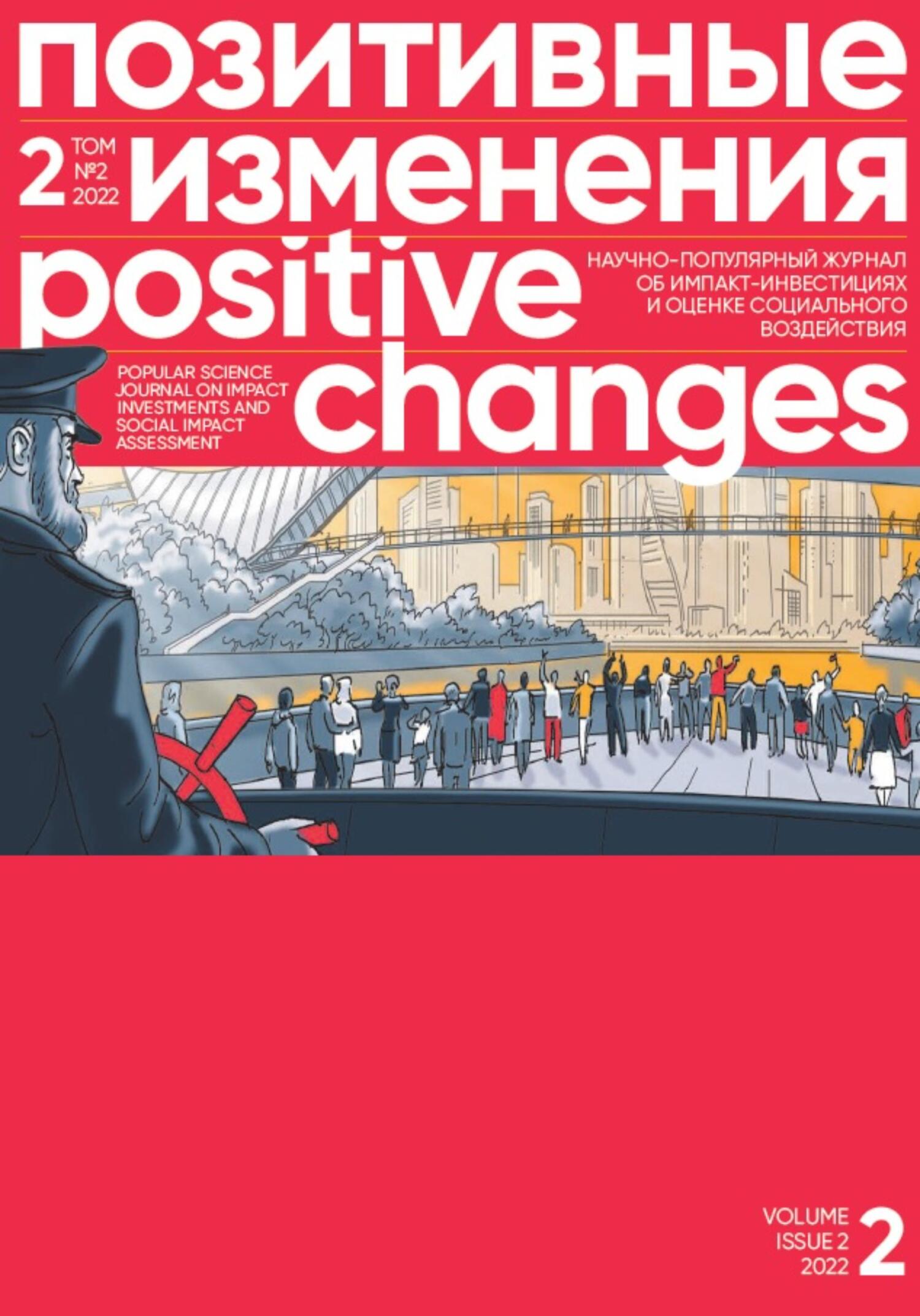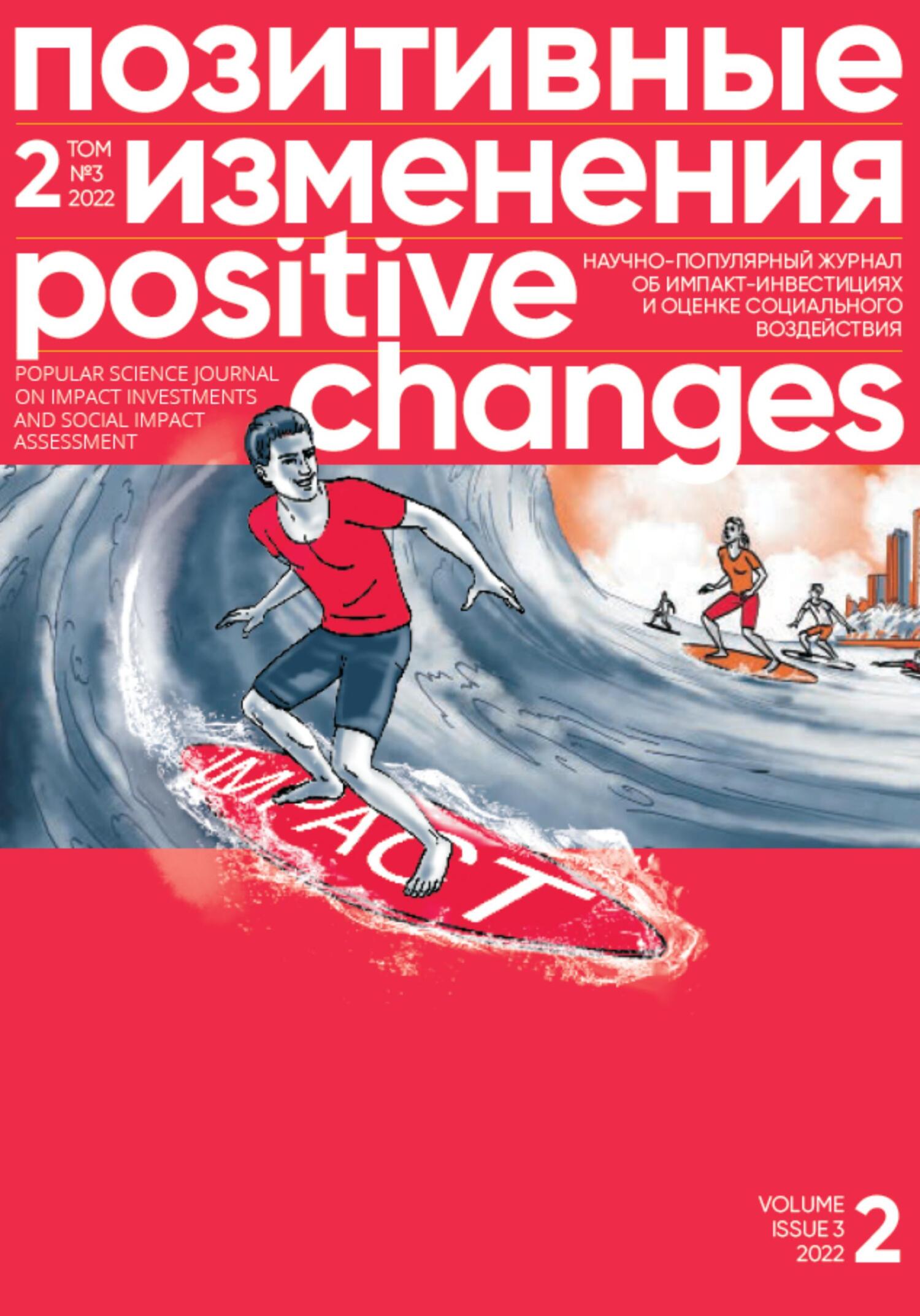a registry. [91] The government is now starting to recognize the significance of counting, measuring, and ensuring the efficacy of social work, and is getting actively involved in the process. For instance, the Agency for Strategic Initiatives (ASI) is developing standards for social services and collecting various best practices. [92]
These evidence-based practice registries set stringent standards, including comprehensive consideration and descriptions of beneficiaries, measuring the changes in their lives attributable to our interventions, detailed descriptions of the tools and impact mechanisms of the practices (how the changes are achieved), key performance indicators for each outcome, and formal regulation of these practices.
Every foundation can assess its practices against these standards, with experts reviewing the results and providing recommendations for improvements when needed. Embracing evidence-based practices translates our work into professional terms, creating clear, comprehensible, and explicable methodologies.
EVOLUTION OF SOCIAL TECHNOLOGY: OUR CHILDREN FOUNDATION’S EXAMPLE
Our Children Foundation started operations 17 years ago. Like many foundations with such a long history, we started with volunteer trips and a heartfelt desire to bring happiness to children through gifts, workshops, and celebrations. However, like others in similar endeavors, we soon realized that these actions alone would not solve the challenges faced by orphaned children. A comprehensive approach was needed, which involved long-term commitment and systemic interventions.
It was only logical that we ventured into a new area of work — prevention of social orphanhood. We recognized that preventing a child from ending up in an orphanage was clearly more advantageous, simpler, more cost-effective, and more effective overall than having to deal with the consequences of institutional care.
As we accumulated information and practical experience, and developed new approaches and methodologies, we realized it was time to get even more ambitious with our efforts — trying to transform the entire child protection system in the country.
Probably the best way to reflect the evolution of our Foundation’s work over the years is through its three missions. Our first mission was formulated as follows: “Transforming the present and future lives of children without parents by providing help and support from A to Z.” Several years later, our mission statement evolved: “Preventing social orphanhood and facilitating the successful integration into society of children left without parental care.”
Both missions were process-based; that is, they described our ongoing activities, illustrating the gradual expansion of its scope. The first mission catered to a single group of beneficiaries, namely children from orphanages, while the second mission extended our reach to include crisis families. This change in mission reflected the shift in the focus of our activities.
Another three years later, we recognized we had grown bigger and our mission had broadened far beyond merely assisting individual families and children “on the ground.” Our new objective was to overhaul the entire system, making sure the second group of beneficiaries would no longer exist. Therefore, the current mission of Our Children Foundation is “Changing the child protection system in the country to ensure children grow up in families and become prosperous adults.” This statement encompasses a call for systemic impact at the federal level, as well as a long-term vision, and another expansion of the scope of our beneficiaries.
By embracing and employing evidence-based practices, we become an important partner to the government agencies and key businesses in shaping the system. Furthermore, it enables us to scale our activities more effectively. Technology, in this context, serves as the most direct path towards achieving our intended outcomes.
THE DEVELOPMENT AND IMPLEMENTATION OF THE CHILD ABANDONMENT PREVENTION PRACTICE
In 2016, we initiated the practice of re-establishing kinship ties for children from orphanages. Our efforts involved reconnecting them with their biological relatives, which in some cases resulted in the child returning to their family. However, our work did not stop there. We understood that successful reintegration was essential, and most families required ongoing support.
Gradually, we came to the realization that it was more effective to prevent children from entering orphanages altogether. Thus, in 2018, we started working to prevent social orphanhood. This marked an entirely new direction for our operations, in which we sought inspiration from the experiences of our colleagues and foreign research. With a substantial amount of data in hand, we started to systematize this activity, defining the procedural actions and accompanying documentation.
To expedite the progress, we established a separate project dedicated to formulating the methodology for this direction. We recognized there were existing experts and a wealth of accumulated experience in the sector, which we wanted to take advantage of. We enlisted the assistance of an outside expert in social design, who helped us refine our vision and conducted in-depth interviews with both our team and the beneficiaries. Their guidance was invaluable in shaping the packaging of this new technology. Additionally, we engaged extensively with our colleagues, exchanging experiences, sharing document templates, discussing optimum frequency of visits to families, and exploring the ideal workload for a social pedagogue, among other aspects. Our entire team actively participated in experience exchange meetings and received training as part of this process. This ongoing iterative work resulted in continuous improvement of our day-to-day operations.
This comprehensive approach enabled us to reevaluate and systematize all our activities. As a result, the current description of our child abandonment prevention practice appears as follows: [93]
• Goals;
• Objectives;
• Description of the target audience (beneficiaries);
• Detailed step-by-step description of the work technology: a script for the hotline operator receiving calls, the procedure and addressees to whom the information must be forwarded, how many people should respond to the call and how soon, etc. The average duration of a case (1.5 years) is also prescribed;
• Principles of technology implementation;
• List of services provided;
• Work scenarios;
• Norms for staff in case management;
• Frequency of evaluation and system of metrics;
• Situations in which we stop working with a family (work goals have been achieved, the family refuses to cooperate, or the family moves to another region).
Every step and every metric is substantiated. The result is





